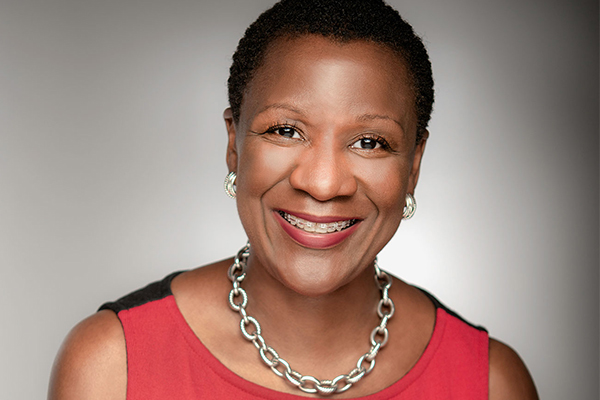CEO Update LIVE: Advice on achieving diversity
CEO Update LIVE: Advice on achieving diversity
- August 24, 2020 |
-
 WILLIAM EHART
WILLIAM EHART

Panelists stressed the importance of cultivating pipeline of diverse candidates through ties with identity organizations and fostering welcoming atmosphere.

Mason
The push for diversity in hiring—and inclusion in the workplace—has never been stronger. How can associations live up to the moment?
A panel of experts gathered for a CEO Update LIVE webcast Aug. 19 said there has been a sea change in attitudes among hiring organizations but that a pipeline of diverse talent must be built and a welcoming environment fostered. (Watch a recording of the webcast.)
Michelle Mason, CEO of the Chicago-based Association Forum, said diversity in hiring without an inclusive atmosphere for staff is futile.
"I can't see one without the other, they're both critical to be effective," Mason said. "We know that now everyone wants to hire black and brown candidates. We must first ask how can we help them be successful."
The other two panelists were recruiters Julian Ha, head of the association practice at Heidrick & Struggles, and Jim Zaniello, president of Vetted Solutions.
Ha said that proper onboarding can help create a sense of belonging. He drew the analogy of a party, where diversity means minority candidates get invited, inclusion means they are asked to join a table or to dance, and belonging means they can dance like no one is watching.
"If (the organization) is not thoughtful about the inclusion and belonging pieces, then you'll find that, unfortunately, the party will soon be devoid of black, brown and (Asian-American and Pacific Islander) participants because they're just not being included in the opportunities or projects for advancement."
Mentorship is an important way to help diverse staff succeed—but so is sponsorship, Ha said.
"Mentors can be folks in your current organization or they can be external. It's really anyone you feel you have a good relationship with, whom you can confide in to get advice on career or how to handle a situation. But sponsors are equally important," he said.
"I think organizations need to be thoughtful around how to create that culture for sponsors. Sponsors are folks who will go to bat for you, to get you that project, to get you staffed on something, to get you visible so that you're prepared for that next level of advancement. They're the ones who will be saying good things when you're not in the room," Ha said.

Zaniello
Questions for candidates
Minority job applicants should evaluate the environment at potential employers.
"It's fair for candidates to ask whether the organization has a diversity and inclusion plan, to see that, and to have a conversation around it," Zaniello said. "And to look at how broad it is. Is it a document that primarily addresses the internal organization versus the profession it serves? But candidates very much should engage prospective employers in conversations around culture and their D&I work."
Mason said jobseekers can take advantage of resources such as LinkedIn and Glassdoor to gauge the work atmosphere of an employer.
"Network with current employees if you're able to," she said. "Understand what the culture is like. Hear firsthand."
Hiring organizations—including those who hire recruitment firms—should be mindful that candidates will have these questions, Ha said.
"Clients should try to be thoughtful about the interview panel and the makeup of that panel," he said. Because if (our firm is) presenting diverse candidates, and all they are meeting are nondiverse folks, what's signal is that sending?"

Ha
Prioritizing metrics
Yardsticks are critical for employers to understand the progress they are making, Mason said.
"You can't manage what you can't measure," she said. "Diversity and inclusion are processes just like other HR processes, and there need to be accountable measures associated with them," Mason said.
And associations seeking a diverse and inclusive workforce should make that a strategic imperative.
"It should be systematic and always linked to the strategic plan, and visible in the plan as a priority," she said.
Zaniello said accountability should extend throughout the management team.
"If an organization does hire a diversity, equity and inclusion officer or staff person, those metrics shouldn't just be theirs, they should be for the head of human resources, the CEO, and quite frankly, they should be part of the evaluation measures for anyone who leads a team within the organization," Zaniello said.
The issue with achieving diversity is not a lack of diverse candidates, Mason said.
"We know that the talent exists; we need to be very intentional in our pursuit of the talent. There is no shortage," she said.
"We're focusing on hiring practices, (but) we have to start before we realize we have a position available," Mason said. "That starts with culture, and that starts with attraction. So for associations it's very important to build relationships with identity-based organizations and historically Black colleges.
"That can come in the form of participating in career fairs, internship programs, leadership development programs, as well as fellowship programs," she said. "A great pipeline would be the ASAE (Diversity Executive Leadership Program)."
